Hidden Dangers for RV Dogs

Various Dangers
There are all kinds of hazards for RV pets, including other people’s pets, but in this article, I want to point out several dangers that may be overlooked by pet owners, who are new to RVing or who may be renting an RV for the first time. These hidden dangers for RV dogs are often overlooked because most of these threats are either very small or invisible. We tend to focus on what we can see, but for our dogs, what they can smell or even lick may be much more dangerous than the obvious visible threats.
Microscopic Threats
Most of the dangers listed here are not typically on the top of the list of dog dangers but they can all be deadly so for the sake of your canine companion please incorporate some safety protocols into your RV travel plans. These hazards are everywhere. All RVers, from newbies to seasoned travelers, need to be reminded that fleas and ticks, parasites, fungus, bacterium, and venomous creatures may pose a real danger to our pets.
When people rent an RV they tend to generalize that where they are going will probably be a lot like home, but every region has its own host of dangerous living organisms, and you need to be mindful that these dangers exist and may vary by region. Lyme’s disease may be prevalent in one zone, heartworm carrying parasites common in another region, and deadly fungus may be more abundant in some other terrain. Just like the south has palm trees, the northeast is covered in deciduous forest, and conifer trees are predominantly found in the western states, the minuscule living organisms of bacterium, fungus, and parasites vary by region. Local pets may have some resistance to these threats, but your pets might not have any natural resistance, and they could quickly suffer from exposure to these new organisms.
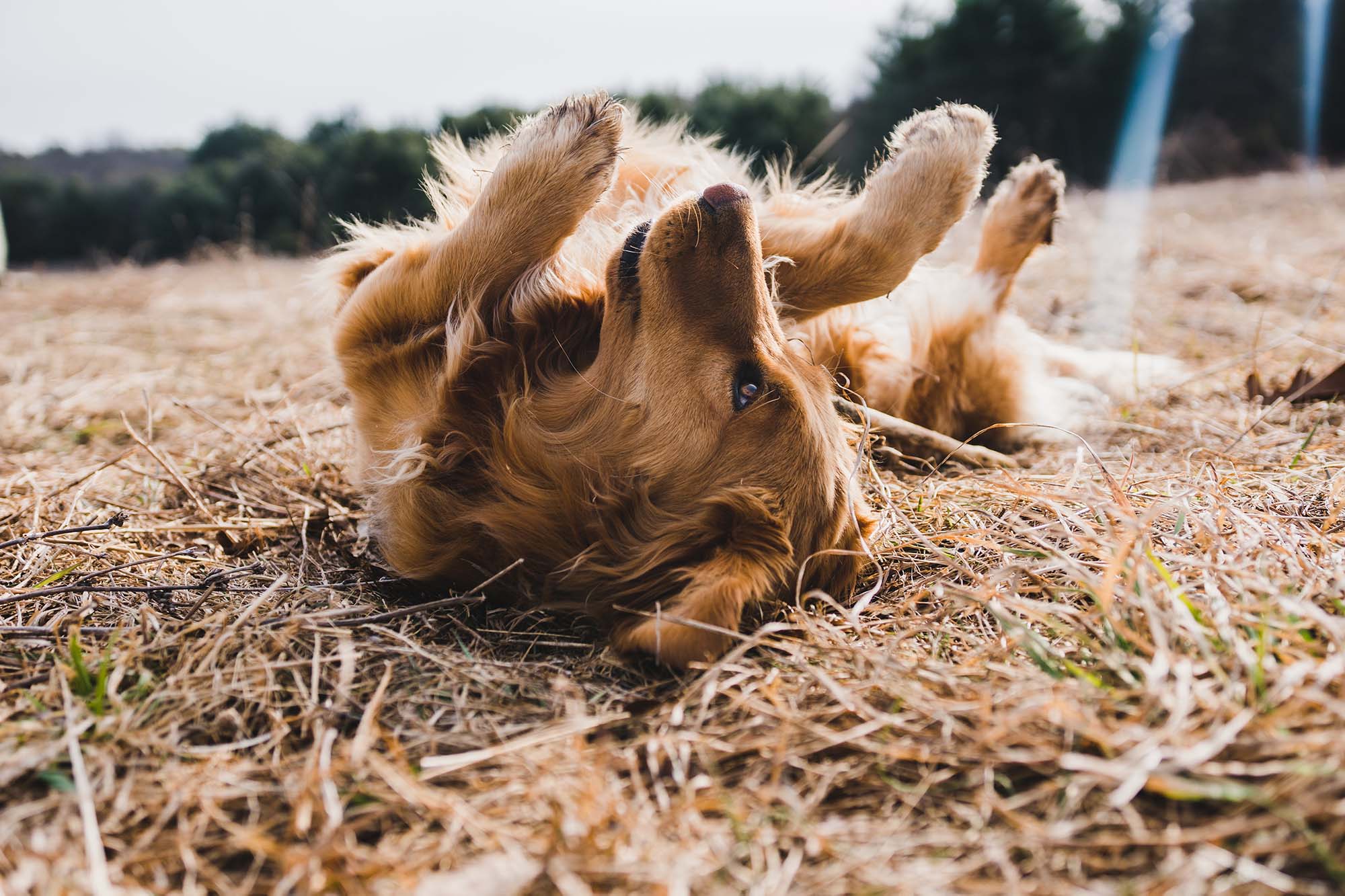
Battle with Fleas
As an example of one of the most common threats RVers may encounter we’ll use our own real-life experience. We encountered a flea infestation while camping on Vancouver Island, BC Canada, and didn’t realize until we returned to the US, that the region in which we were camped was notorious for fleas. While we were there, we were very concerned about another threat, (salmon poisoning) because the eagles kept dropping salmon carcasses in the X-pen outside of our RV. (I’ll talk more about that threat later in this article). However, if we had known we were in a flea zone, we would have been proactive in our use of Diatomaceous Earth to control the infestation but we didn’t realize our dogs were being attacked until weeks later. Diatomaceous Earth is a super fine, food grade, powder that can be added to dog food, put directly onto a pet’s coats, or used as a topical repellant in or around your living space. The fine power interferes with the flea and tick’s metabolic processes. Be sure to buy the “food grade” variety because it is also used in landscaping.
We don’t use chemical flea repellants, because we discovered (by way of two very sick dogs) that systemic flea medication can be dangerous, but we had to do something fast, because our dogs were suffering terribly from the fleas.
Immediately upon identifying the flea problem, we began an all-out battle to rid our dogs of fleas. At the same time, we also had to take extensive steps to remove these pests from our motorhome. We washed everything multiple times. We treated the entire interior of the RV repeatedly with Diatomaceous Earth. The dogs all got baths with flea repellant shampoo. The X-pen area was treated with Diatomaceous Earth. We used the “treat and repeat” method for the dogs and the living spaces for weeks, and we finally won the battle and killed all the fleas on our dogs and in our motorhome. It was a grueling battle.
But here’s the real problem. Fleas are more than an icky annoyance. They carry a host of dangerous parasites, which can give your dogs worms and other illnesses. One of our dogs suffered terribly from this flea infestation. I won’t go into all her problems, but suffice it to say, we were treating all the lingering health problems caused by the flea bites for several months in that dog. Eventually, we won the battle and were able to restore her to health, with a full healthy coat, and no lingering intestinal problems, but it was difficult and costly, and a hard-earned life-lesson, to be more aware of all the tiny organisms, and hidden dangers.
Lyme Disease Comes from Ticks
Ticks are a different threat. They don’t completely take over your living space like fleas, but they are a serious threat to pets and humans. Besides being incredibly icky, ticks transmit Lyme disease via a parasitic bacterium that lives within them. Lyme disease often results in long term debilitation for both humans and pets, and every effort should be taken to prevent it. Wondercide and Diatomaceous Earth are helpful treatments for ticks and fleas. Both are natural and safe repellants that can be used directly on your pet’s coat and in your RV.
Ticks need to be attached to a host organism, in this case your dog, for at least 36 hours to transmit the bacteria that causes Lyme Disease so the best defense against this serious disease is to regularly check your pet’s entire body for ticks and remove any attached ticks. Also, be informed when you are traveling in regions of the country that are known for tick infestations. We often only think of the rocky mountain tick as a threat, but ticks are common throughout the country and are more apt to bite you or your pet in the spring and summer. Check out this link to see what types of ticks are common in the various regions of the US, in which you intend to travel.
When checking your pets for ticks be aware that ticks can range in size from a large green pepper seed, all the way up to a very large kernel of corn when they are fully engorged, so checking your pet’s skin should be a slow, methodical, thorough process, that you repeat frequently.
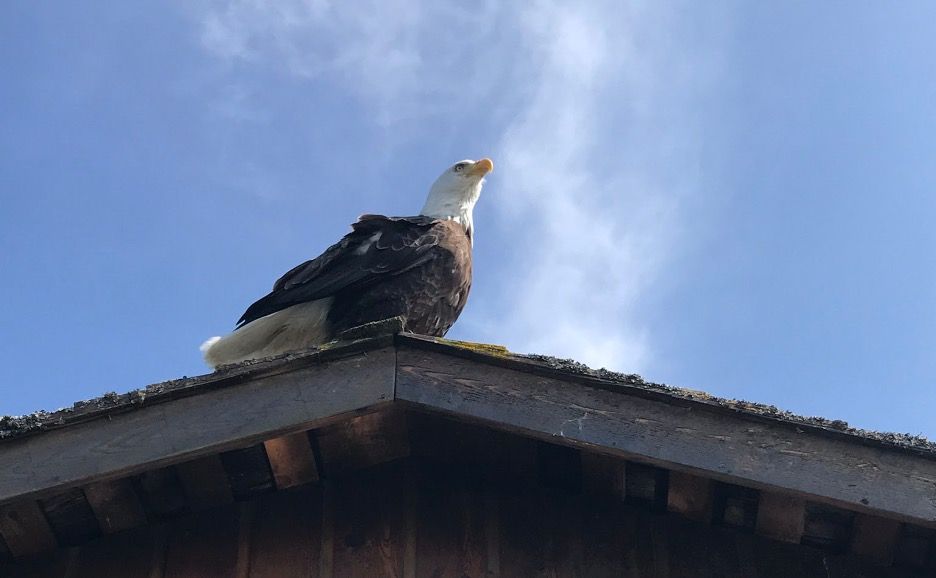
Salmon Poisoning from a Parasite
I mentioned this threat earlier in reference to the eagles dropping salmon bits in our dog’s x-pen when we were camped on the north coast of Vancouver Island, BC, Canada. But we learned later that the north coast of the Island is not one of the places where salmon poisoning is prevalent. It could occur there but is not a common threat. However, if you are traveling in the Pacific Northwest, (where we lived before embarking on our full-time RV adventure) you need to be very mindful of the threat of salmon poisoning. Trout, Salmon, and Steelhead in the ocean, and the rivers and streams of Oregon, Washington, and southern BC, may be carriers of the disease-causing parasite.
The circumstances that lead to this potentially deadly parasitical infection is brought on when a dog ingests raw or under cooked salmon, trout, steelhead, or Pacific Salamanders. To transmit salmon poisoning, the fish needs to first be infected by a specific parasitic fluke (flat worm), and the flat worm must be infected with a specific bacterium. It is this bacterium delivered through a living flat worm into a dog’s intestines, that causes the fatal condition of salmon poisoning.
It sounds so complicated and unlikely, but even one curious lick by your dog of a bit of infected raw salmon or trout could result in your dog’s death. And a large percent of salmon and trout in the Pacific Northwest, are infected with parasite carrying flatworm, so the danger is real in these areas of the country.
What makes this so dangerous is that fishermen are generally unaware that their catch can leave deadly infectious contaminants on the ground, picnic table, fire pit, garbage container, water faucet handle, or anywhere. We watched a fishermen fillet his salmon right on the wooden surface of a picnic table (can you think of a more unsanitary place to prepare your dinner, especially after seeing people put their sewer hoses on the picnic table, and fix their toilet there, but I digress). After he finished filleting the fish and throwing the carcasses on the grass, he just tossed the carcasses in a garbage bag and casually hosed off the picnic table when he was done. After witnessing this, I realized that the entire picnic table, the ground under and around it, and everything he touched with his bloody hands, could be a deadly surface for a curious dog that is attracted to the smell and licks one of those surfaces.
We have camped in places where the ground in our campsite was literally glistening from the scales of salmon, that had been washed off on the ground. I am less concerned about the salmon remnants that I can see, than the ones I can’t see. At least I can keep the dogs away from the fish remnants that are visible, but what about all the miniscule flukes and bacterium that are too small to see. The best rule of thumb is to teach your dogs never to pick up anything from the ground. It takes time to train this, but it can be done. Be patient, consistent and committed to this training because it could save your dog’s life, especially if you live or travel in the Pacific Northwest.
The symptoms of salmon poisoning are much like Parvo and it must be taken seriously because salmon poisoning can kill a dog within two weeks. Cats are generally unaffected by salmon poisoning and fully cooked salmon is not a threat to your pets because proper cooking kills the flukes and the bacteria. The symptoms of salmon poisoning include a fever over 104, depression, anorexia, vomiting, diarrhea, nasal or eye discharge, and/or weight loss.
Fungus and Dangerous Plants
I mentioned earlier that many of the threats and dangers to our pets vary by region. You would be well served to investigate the regional flora as you travel, to learn what threats are in each region. For example, every part of the hemlock plant, from the leaves to the stems, to the seeds is highly toxic and can be deadly for humans and pets and it can be found throughout the US in both natural environments and in landscaping. This is just one deadly plant you should be able to identify by sight.
Other threats come from fungi. While we were in BC, Canada we learned that the deadliest mushroom in the world, was becoming a more predominant fungus in that region. It had been sighted in several forest locations on the north coast of Vancouver Island, where we were camped. We learned to identify the Death Cap mushroom and to be watchful for it in and around our campsite.
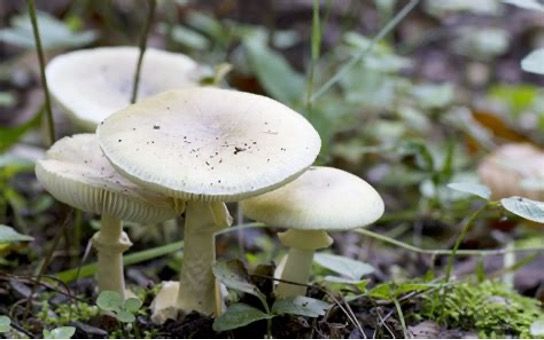

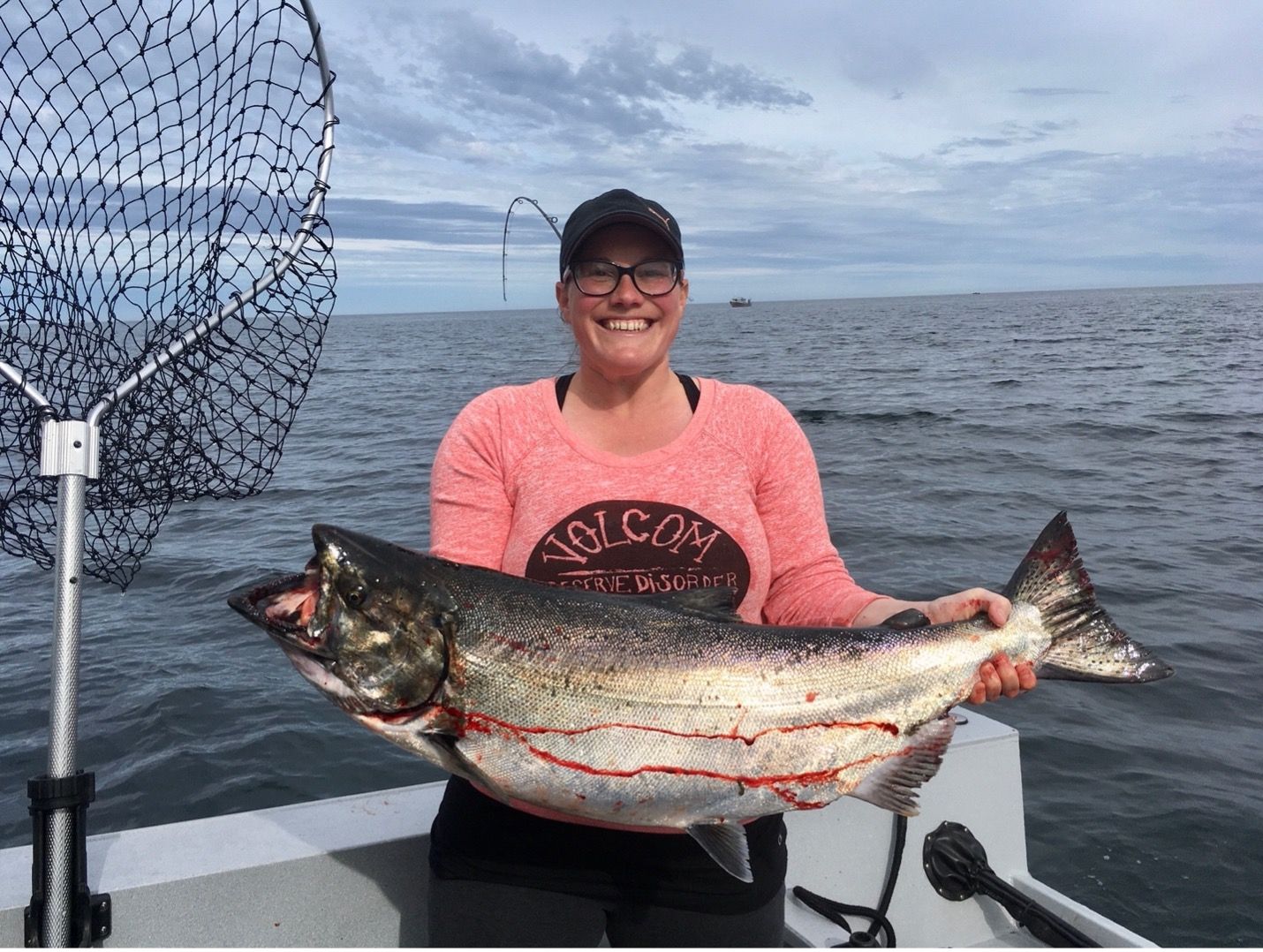
We were relieved to learn that the bacterium that caused salmon poisoning was not present on the north shore of Vancouver Island, but this deadly fungus was. Just when we started to relax another threat appeared. Again, this is an example of why you should never let your dog graze on things it finds on the ground. The Death Cap mushroom is just one dangerous variety of the extensive wild mushroom family. Generally speaking, it would be wise to keep your dog away from all wild mushrooms. Many are safe to eat but it takes specialized training to know which is safe and which is deadly.
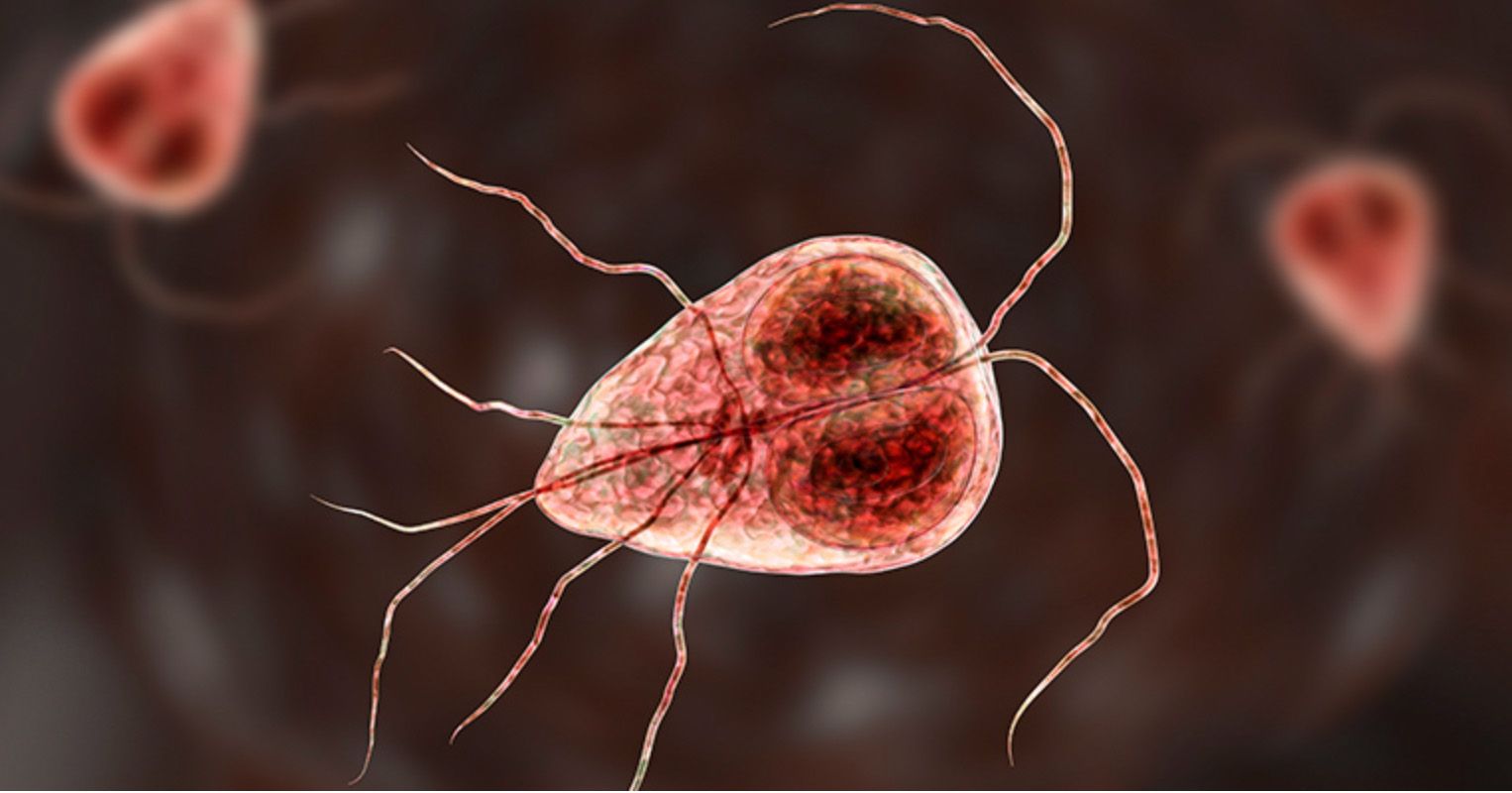
There are other types of fungi that are even less obvious than mushroom that can make your dogs sick, because there are millions of different microscopic organisms in the dirt including: fungi, bacteria, and viruses. Many of these organisms gain access to our pets, just through the dog’s natural inclination to sniff. There isn’t much you can do to prevent the introduction of these dangerous organism, but you should keep an eye on your dog’s overall health.
You might notice your pets are more lethargic, have loose stoles, or vomit occasionally, if they are exposed to new microscopic invaders. As we have traveled throughout the US, we’ve been in a few regions where our dog’s all developed diarrhea at the same time. A couple of them also vomited and all 4 of them just had a hangdog look for a few days. They apparently encountered something new in the air or ground that was affecting their digestion. It might have been herbicides, but it was probably microbes to which they were unaccustomed. In the long run, all these unique exposures probably make our pet’s immune systems stronger but dealing with a sick dog in an RV, or anywhere, can be challenging.
After a few days they all returned to normal, but it was concerning, and an excellent example of the dangers we can’t see. The best defense for these hidden dangers is to keep your dog’s immune system fortified and strong with an appropriate diet and supplements. Dogs are driven by their noses first, then their ears, then their eyes. They can smell things we’re unaware of and their noses may get them in trouble. Furthermore, dogs are curious, and may take a bite out of a bit of salmon, or a mushroom, or even a bee, a bug, nut, stick, or seed. It happens quickly, and we all need to keep a watchful eye on our pets because these hidden dangers are everywhere.
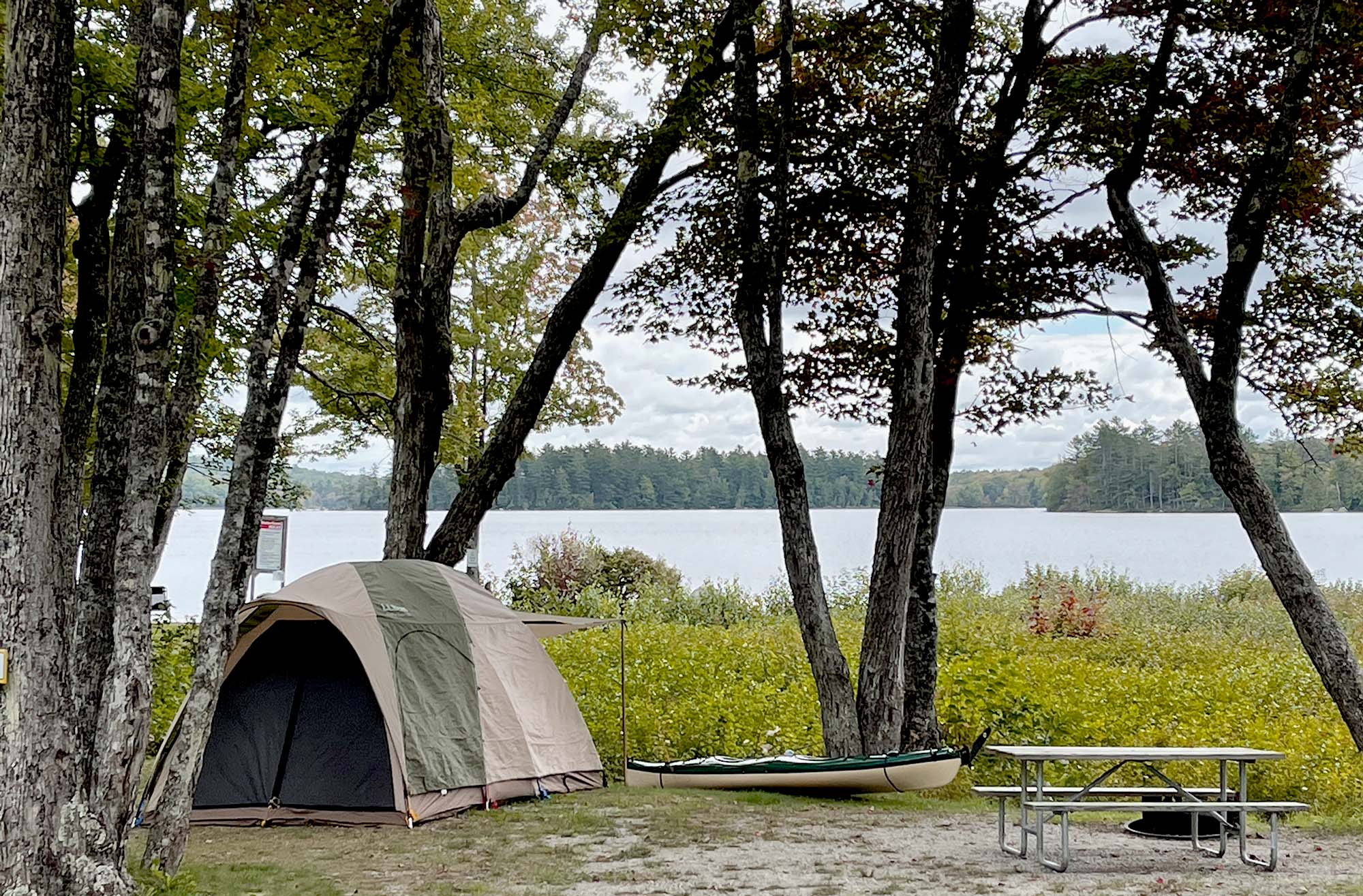
Another Dangerous Bacterium found in Blue Green Algae
On the subject of environmental hazards, there is one hazard that is much more frightening than a dog or cat throwing up or having diarrhea, and that is the danger of blue green algae. When this bacterium is blooming it is often visible, but it can be just as dangerous when you can’t see it. Dangerous blue green algae is most common in still, shallow, warm, water, and can be deadly to both pets and people. The bacteria that cause blue green algae is common on land but not in the concentration or toxic stage that makes the water born algae deadly. The bacteria that cause blue green algae releases a deadly toxin only during the blooming cycle which occurs in water. The rule of thumb for both humans and pets is, “where there’s any doubt, stay out”.
Ingesting even a tiny amount of Microcystin, which is the toxin created by the bacteria, is very dangerous. Contamination is measured in parts per billion (ppb). At .8 ppb, pets are at risk. At 8.0 ppb humans are at risk. The bottom line, if you aren’t familiar with a body of water, or you’re in doubt, don’t take any chances. This toxin is not always present, and the bacterium is not always visible, but when the toxin is present, it is extremely dangerous and is often deadly. There are enough hidden dangers and other hazards for our pets, without exposing them to deadly blue green algae.
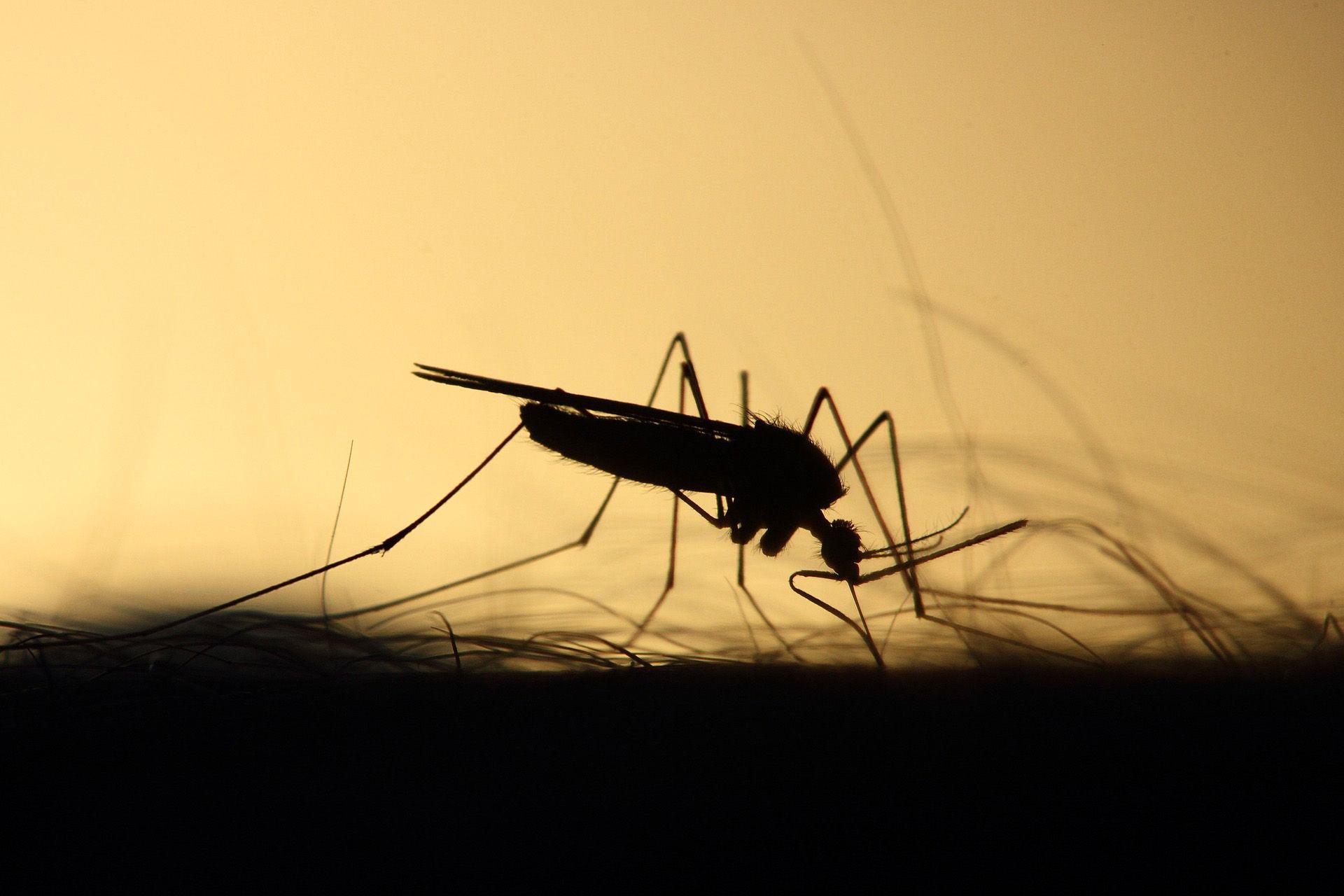
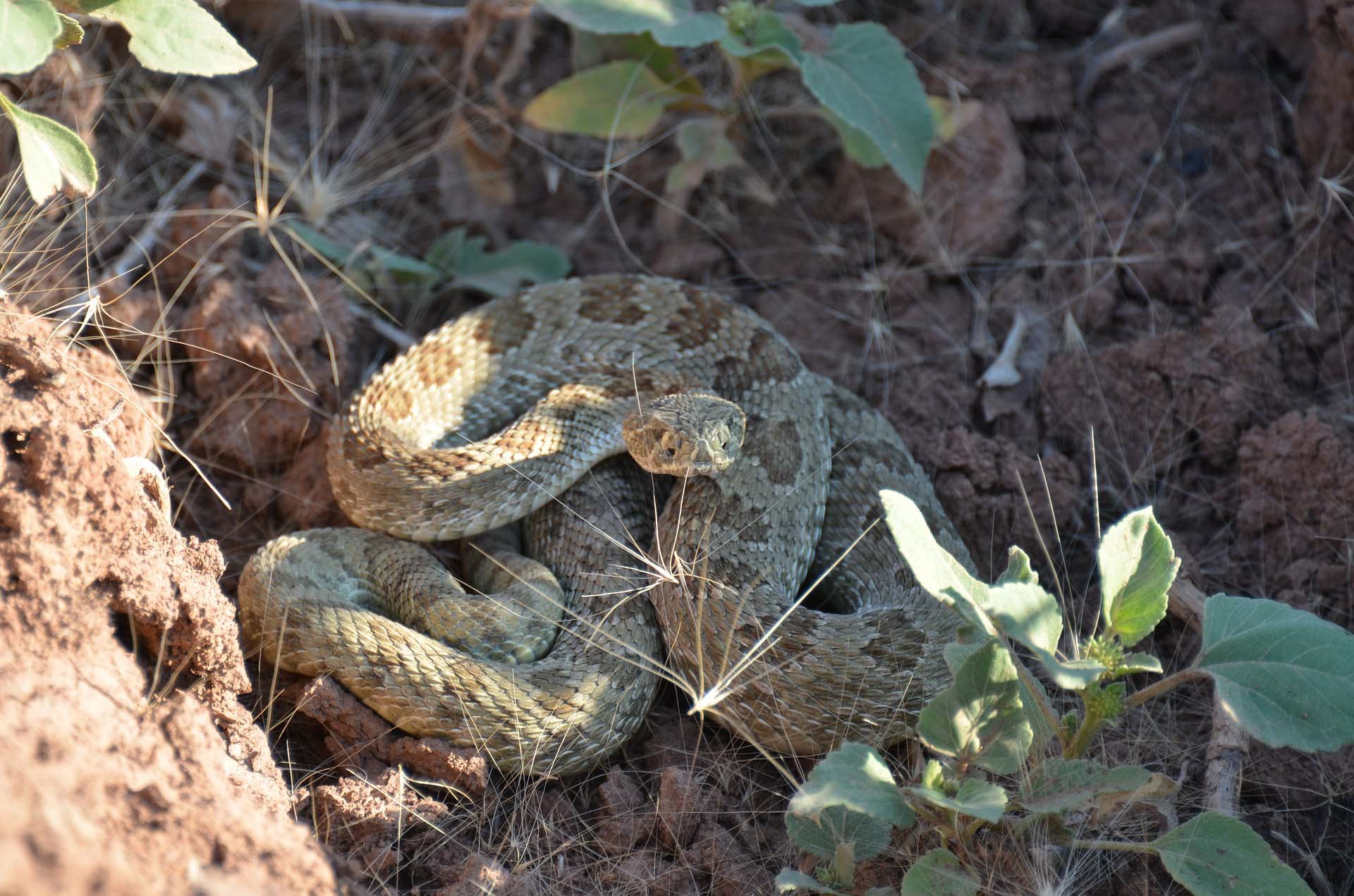
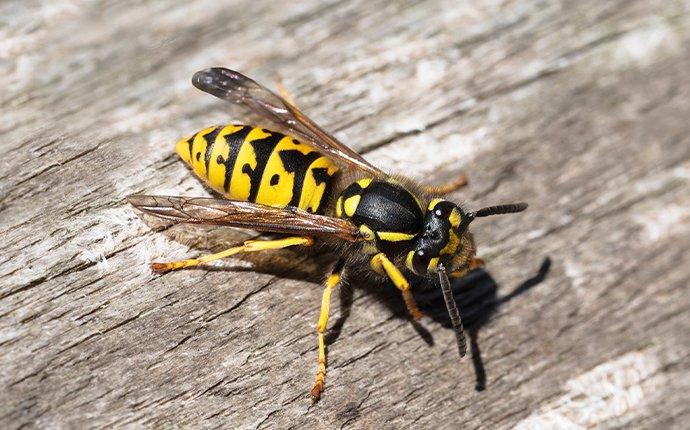
Biting and Stinging Venomous Creatures
Pet owners often overlook the hidden dangers of stinging or venomous creatures when they let their dogs run loose through the woods. We’ve all done it. We look around and don’t see any other pets or people and think this might be the perfect opportunity to let them stretch their legs, run free, sniff, and generally just be dogs. We’ve done it, and I suspect if you own a dog, you have too, but the hazards in this activity are real. Dogs are curious and they are guided by their noses. A snake, porcupine, or scorpion might be unobserved by us, but the dogs will hone-in on the scent and be within striking distance of those creatures before we even know they’re in danger.
If your dog is bitten by a snake or stung by a scorpion, (and unfortunately, this does happen to many people’s pets every year) seek veterinarian care immediately. Shea Cox DVM, recommends keeping your pet calm, do not attempt to remove the venom, or use a tourniquet, or “bleed” the wound. You could actually make the problem worse. Anti-venom serum is expensive but effective and should be administered by a vet, as soon as possible, after the bite or sting. The vet will monitor your pet for 12 to 24 hours, administering fluids, and anti-venom serum, as needed. A venomous bite is a terrifying natural hazard, but it does happen, and you should know what to do, if it happens to your pet.
Stinging Bees
Another hidden threat you shouldn’t overlook, are hives of yellow jackets, wasps, or hornets. It is very common to find beehives in the ground or in the debris on the forest floor that is within reach of your dogs, and they could easily disturb these nests resulting in a vicious attack by an angry hive.
I have never had that happen with our dogs, but as a child I was involved in a similar situation with a sheep that laid down on a yellow jacket nest. The bees stung the sheep in the only place where they could reach her skin, on the inside of her legs. That caused the sheep to jump up and frantically run away. Underneath her, were hundreds of angry bees that immediately attacked the three of us kids that had been standing next to the sheep. We were in a pasture, hundreds of yards from the house, and this swarm of bees continued to attack us all the way back to the house. They were in our hair, inside our clothes, and everywhere, and they did not stop stinging us until we killed them all.
We were not generally afraid of bees, since we owned several hives of honeybees, but this was different, and it was awful. All three of us were stung repeatedly, and even our parents were stung by the bees that were attacking us as we ran into the house.
Just imagine being out in the woods with your dogs, and all of you are under attacked by a swarm of angry bees. It makes me shutter thinking about what the dogs might do to get away from the bees and how helpless I would be to protect them and myself. The venom of a bee sting is very similar to the venom of a snake bite, and if your dog is stung, it would be wise to seek professional help, just as you would do for a snake bite.
Many Dangers in Nature for Our Pets
It can be a dangerous world for our pets. We shouldn’t be paranoid, but we are responsible for protecting them from all the hidden dangers. That means we must be aware, watchful, and cautious. We should keep ourselves and our pets safe from snakes, scorpions, stinging and biting insects, fleas, ticks, mushrooms, bacteria, and fungus. But while we are doing all that, we can still enjoy our RV adventures and by protecting our pets we will certainly enjoy our RV experiences more, because we won’t need to worry about a sick or injured canine companion.
Author: Peggy Dent
I am an author, writer, and full-time RVer, traveling around the US and Canada. I’ve driven more than 130,000 miles in a motorhome, over the past 20 years, and I'm currently writing for the RV industry.
